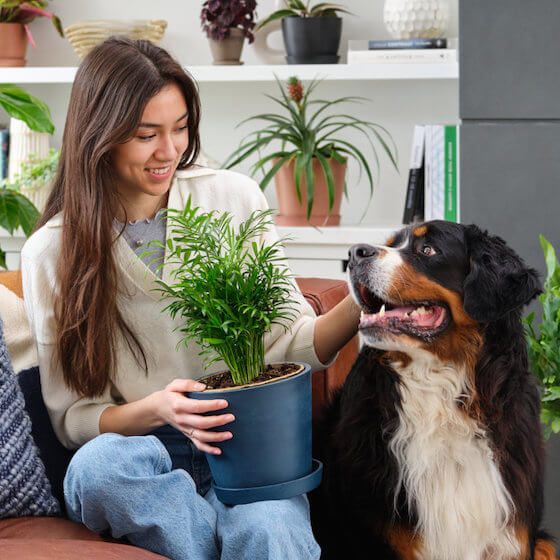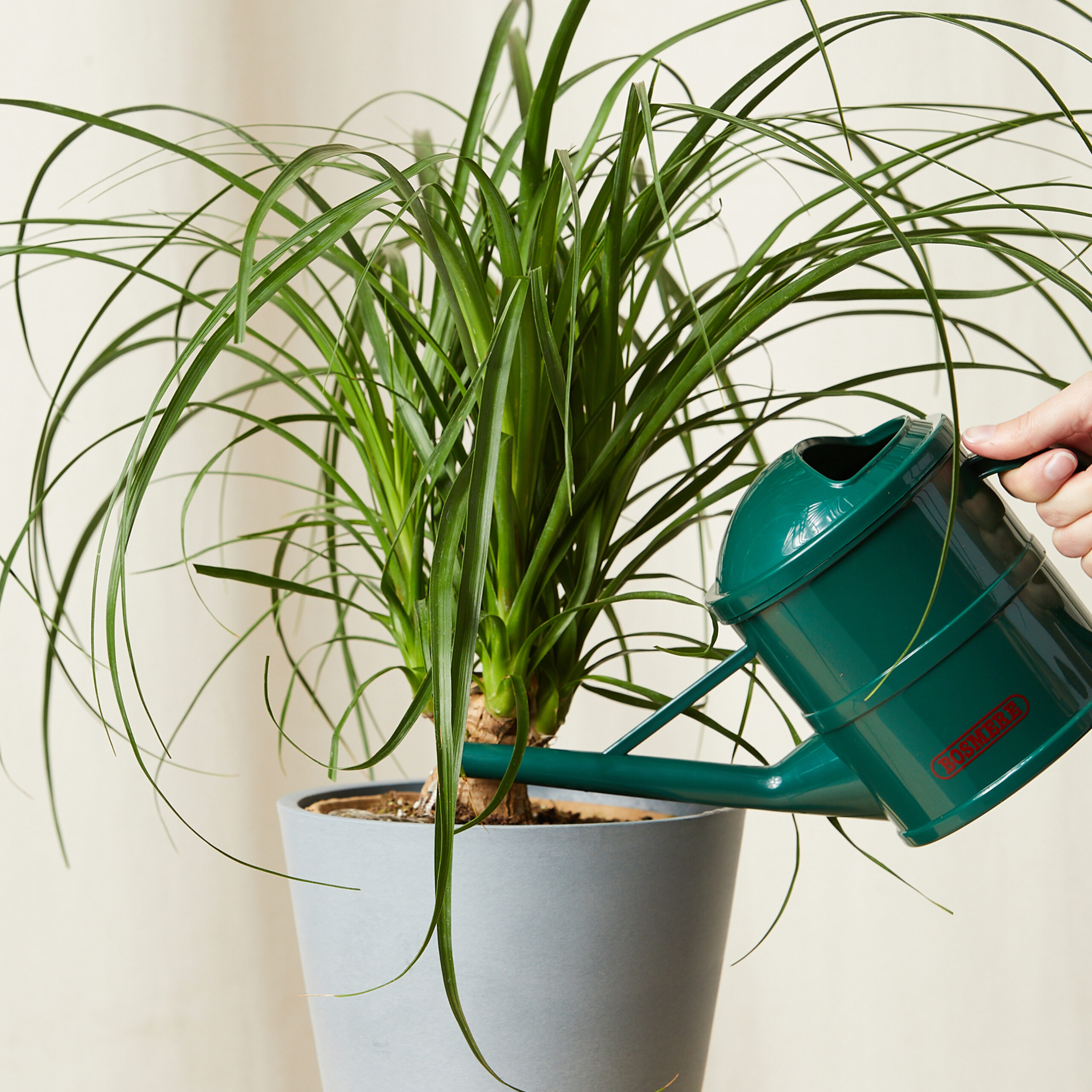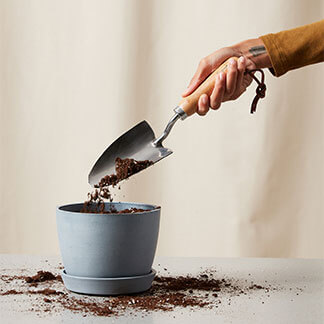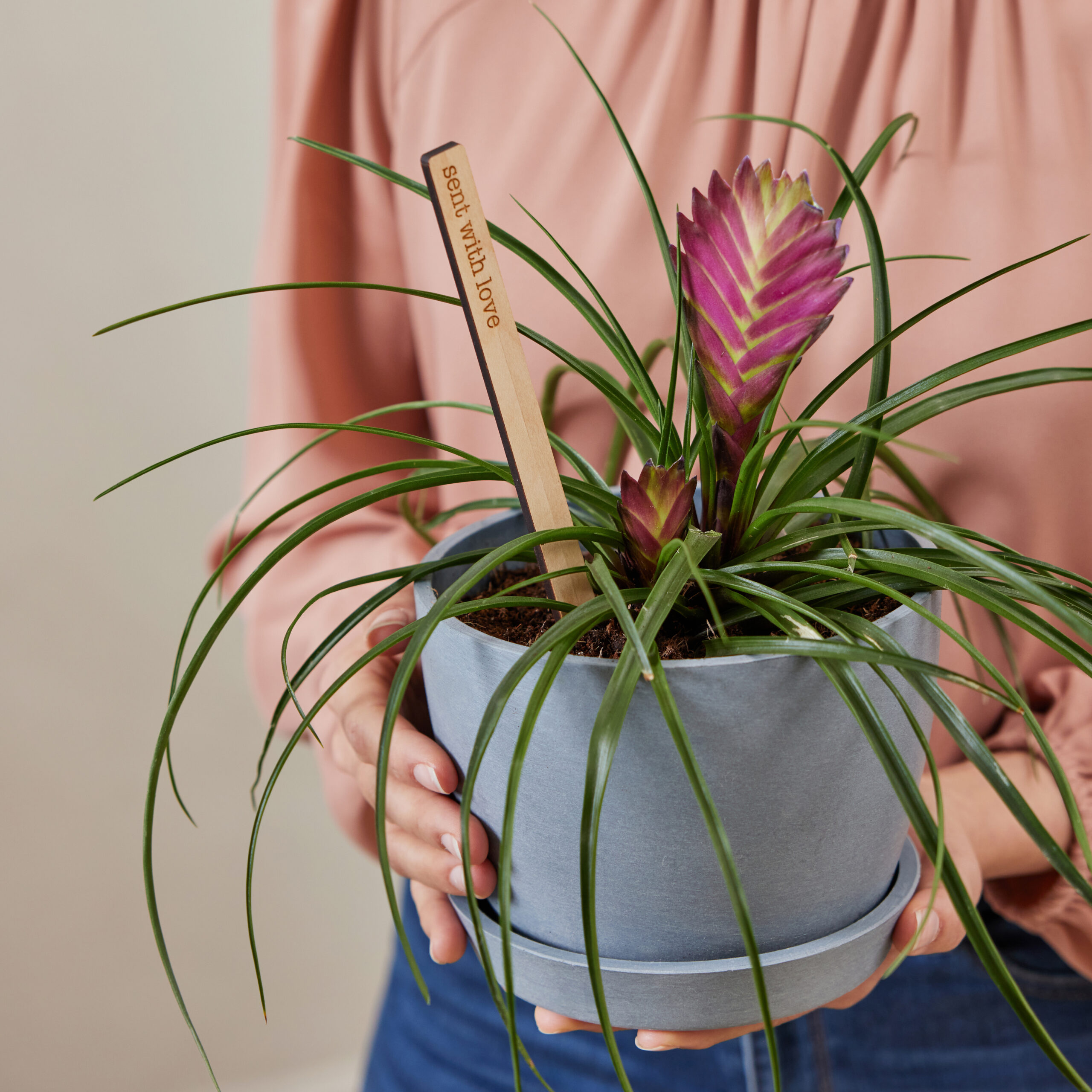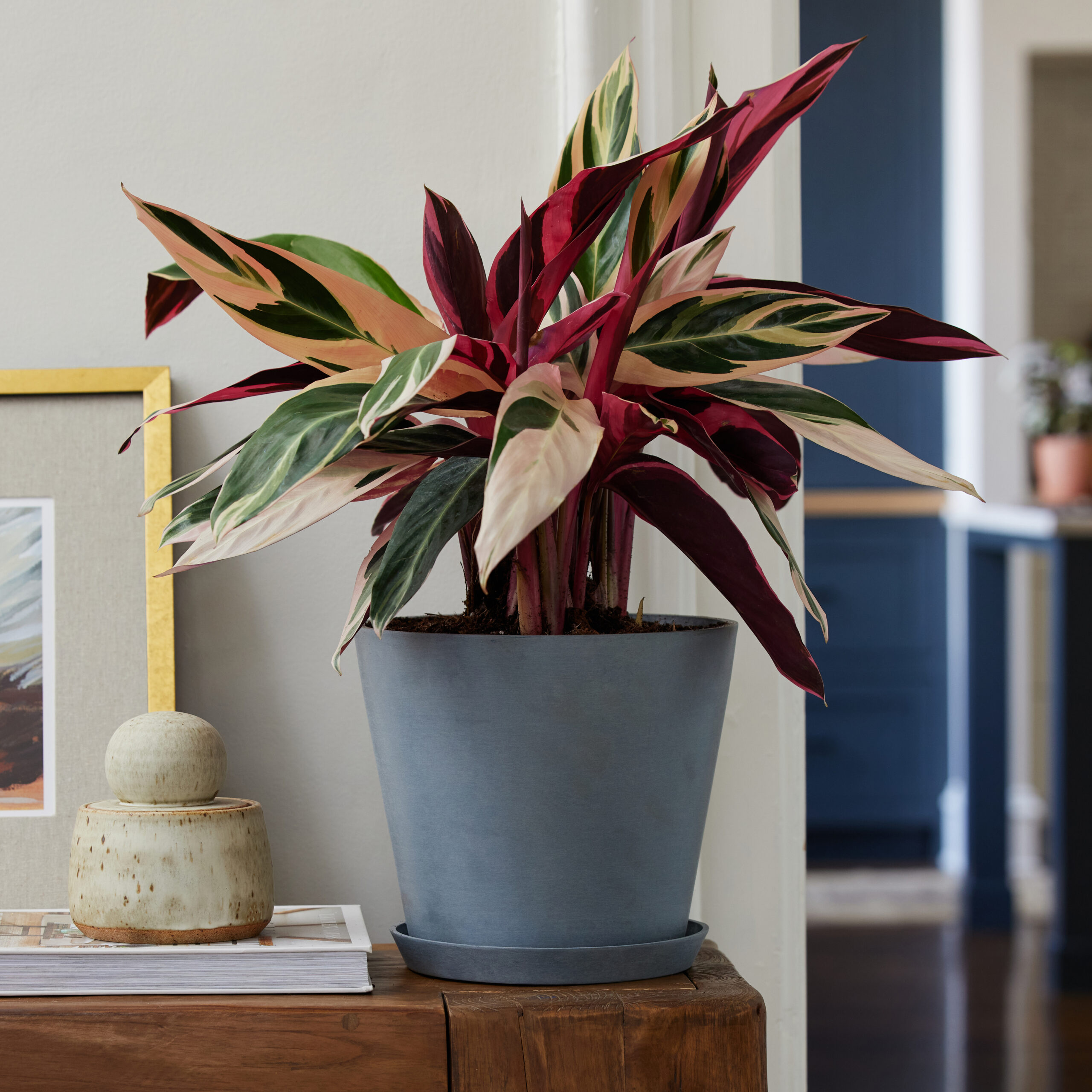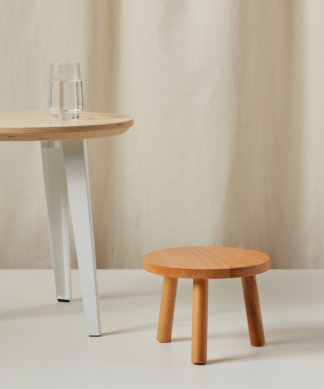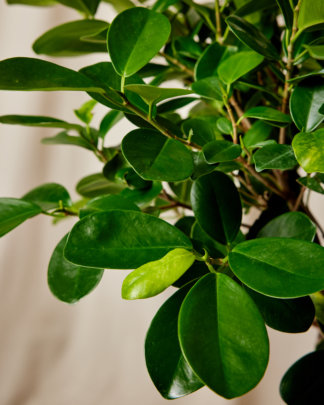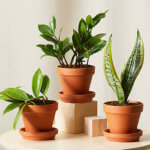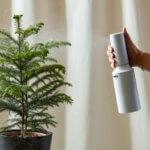Green Living
6 Ferns For Every Room In Your Home
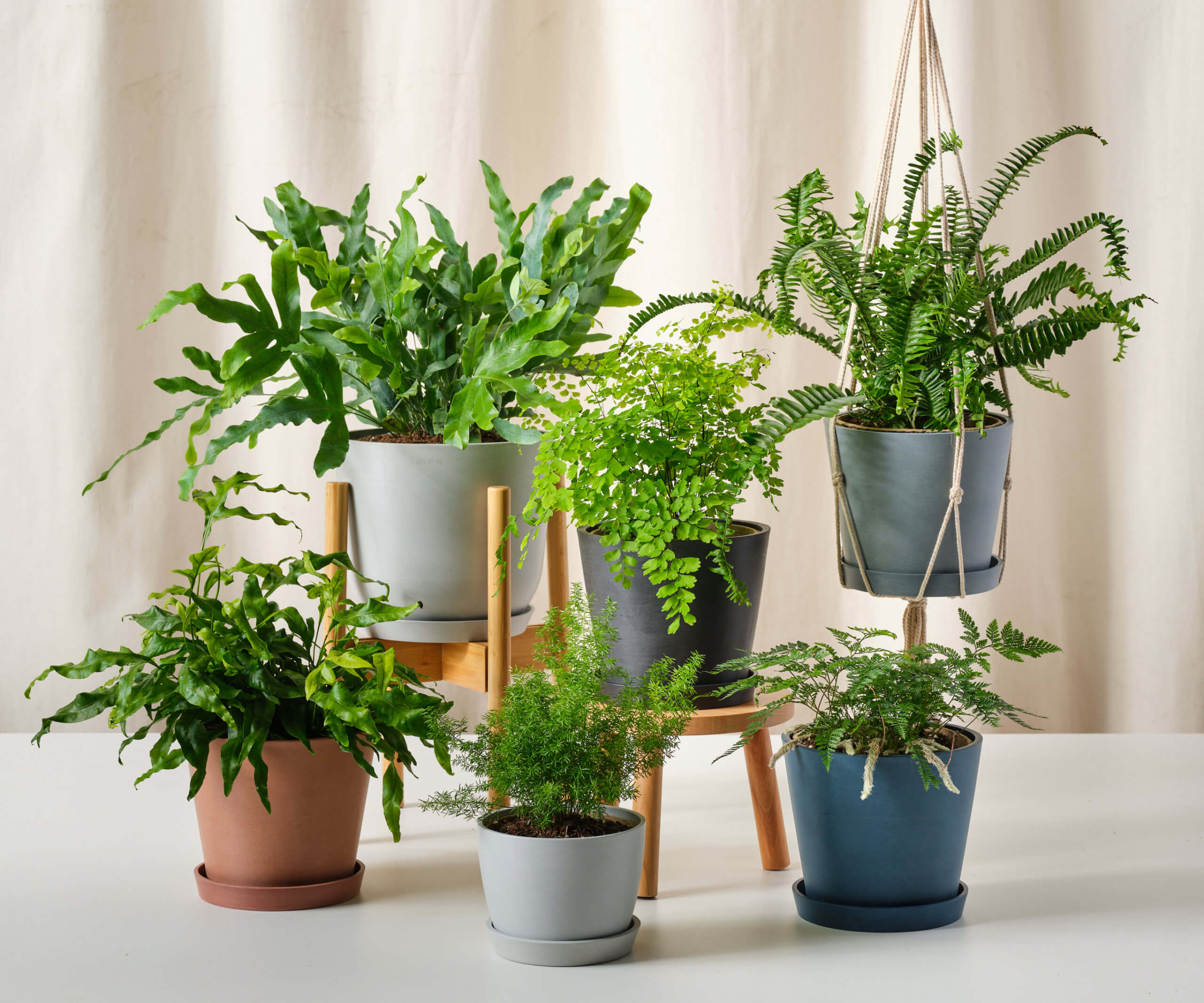
For plant parents and design enthusiasts wanting to take their plant-centric styling to the next level, look no further than the whimsical world of ferns.
Ferns have long been a mainstay of houseplant culture, first becoming popular in the US during the Victorian period of the late 1800s, and then seeing another impressive rise in popularity in the 1970s. Thanks to a vast availability of fern species plus easy adaptability to indoor growing conditions, ferns are once again stepping into the spotlight.
The Best Ways To Feature Ferns
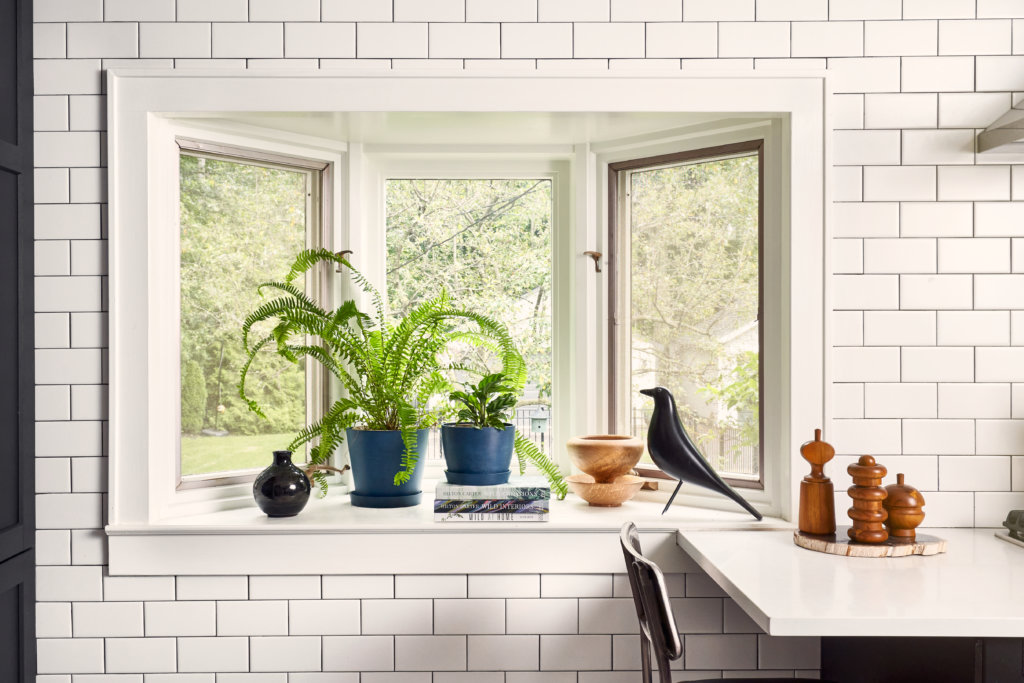
The graceful growth habit of fern plants allows them to adorn a variety of surfaces. What’s more, they complement virtually any decor style due to their understated lush looks. Some can even pull double-duty by transitioning to a shady spot outdoors for the summer. Here are a few tips for featuring your ferns:
Group them: Try nestling a potted fern into a group of houseplants, where the fine-textured foliage will contrast with the bold texture of common houseplants like Monstera or Fiddle Leaf Fig. As a bonus, your fern will benefit from the humid microclimate a houseplant grouping creates.
Feature them: Ferns can stand out on their own thanks to their lush, textural fronds. Create a focal point by placing your potted fern on a bright dining table, desk, or coffee table to add a pop of green to your decor. Elevating your fern on a cute plant stool can call extra attention to your plant of honor!
Hang them: What could be more classic than a fern in a hanging basket? In addition to claiming otherwise wasted space, hanging your ferns near windows puts them near the bright light they crave. Repot your beauties into sleek hanging baskets, or turn any pot into a hanging pot with plant hangers.
Fern Care Basics
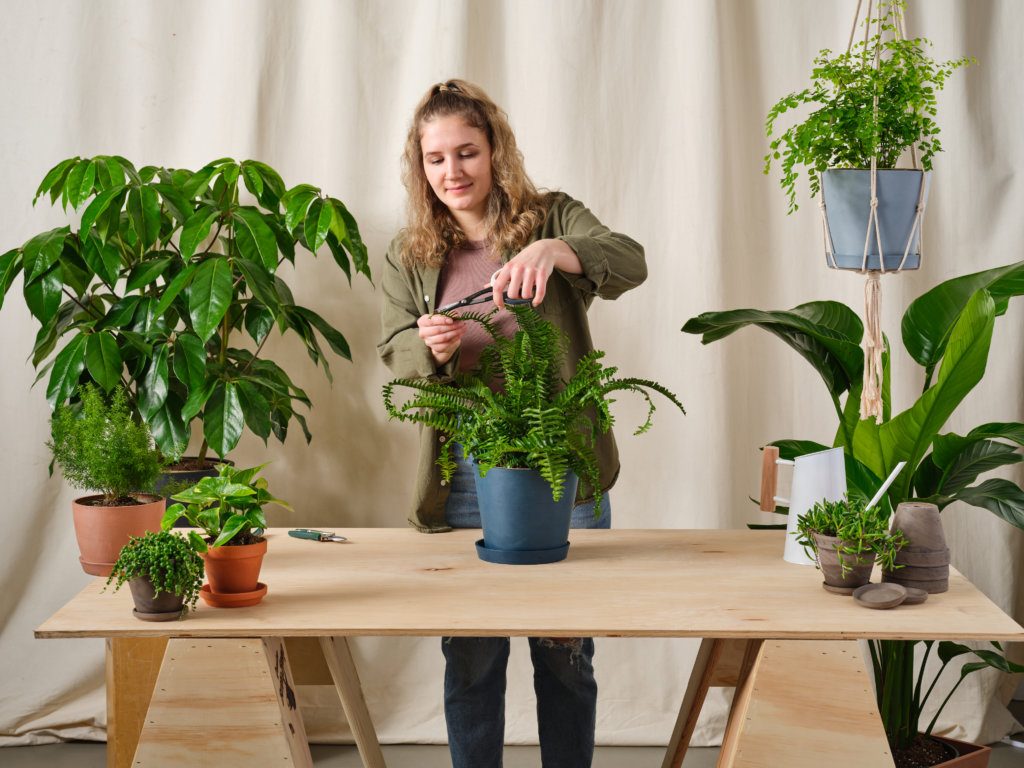
We’ll include some pro care tips on our favorite ferns, but let’s start with a few basics. No matter which fern you choose, they all share a few things in common:
They’re happiest in medium to bright indirect light. The brighter the light, the faster they’ll grow. Exposure to soft morning sunlight is fine, but avoid prolonged periods of harsh afternoon sunlight which can scorch their thin leaves.
They enjoy consistently moist soil. Soil moisture is more important than humidity for most of our fern favorites, so aim to keep your ferns evenly watered in order to avoid browning fronds. Most indoor ferns will need water every 3-5 days, but be sure to check the soil moisture to avoid overwatering your plants. They won’t mind an occasional misting, either!
They despise strong airflow. Avoid placing your fern where it will be exposed to forced-air vents, fireplaces, or drafty doors and windows. These conditions dry out the air and the soil of your plants, which can cause unnecessary leaf browning. Any crispy fronds can be cut away at soil level with clean, sharp snips.
6 Of Our Favorite Ferns
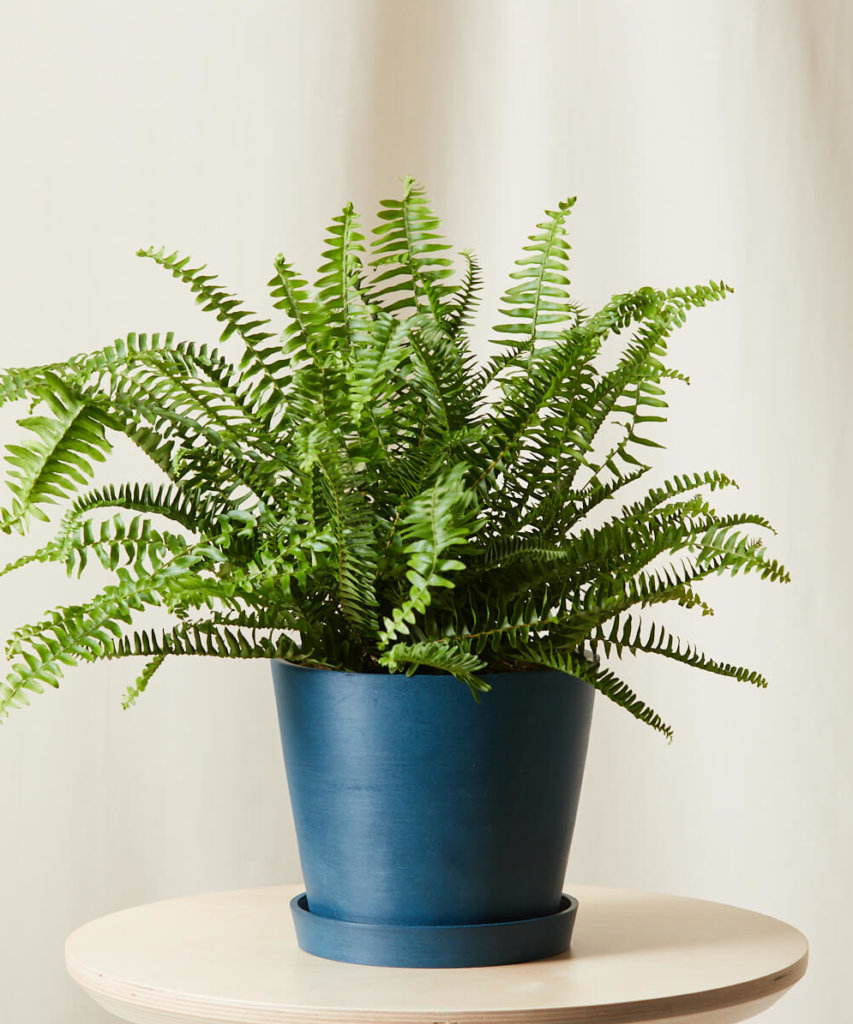
Kimberly Queen Fern
Tried-and-true, the Kimberly Queen Fern is a native of Australia, making it more tolerant of heat, sun, dry air, and an occasional missed watering than some other ferns you might be familiar with. Its sword-like kelly green fronds are thick and leathery, making them less prone to drying out. We like it because it’s incredibly easy-care, pet-friendly, and it doesn’t shed its fronds—meaning it doesn’t make a mess!
Where to feature it: With its tough nature, the Kimberly Queen Fern is well-suited to a bright entryway where it doesn’t mind occasional drafts from exterior doors. Plus, it’s easy to move it outdoors where it will thrive over the warm summer months!
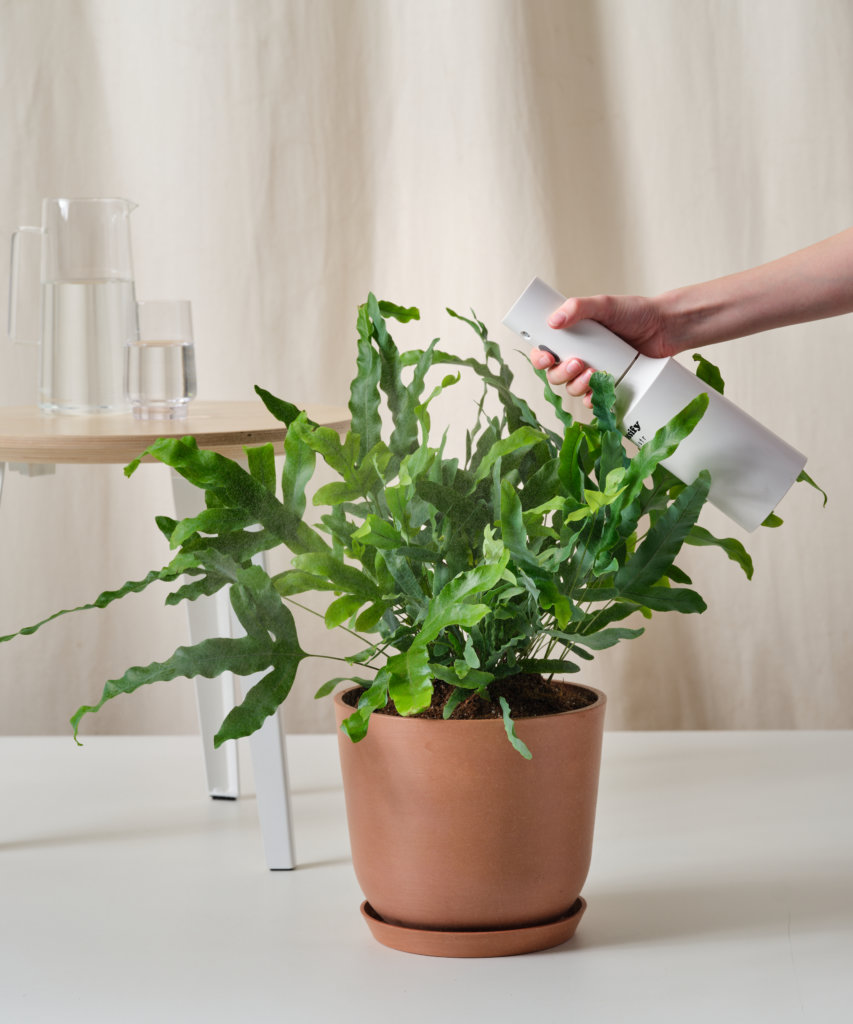
Blue Star Fern
With a unique blue-green color and a dramatic leaf shape, the Blue Star Fern hails from a wide geographical range, including the southeastern US, Caribbean, and parts of South America. It grows naturally as an epiphyte, meaning it can grow on the bark of trees and on rocks. These features make it adaptable to an indoor home environment, where it’s known for its easy-going nature. The star-shaped fronds grow rapidly in bright, indirect light, and it’s considered non-toxic and safe for pets.
Where to feature it: The Blue Star Fern is the perfect choice to fuel your inspiration as it adorns your office desk, thanks to its soft, muted color and interesting leaf shape.
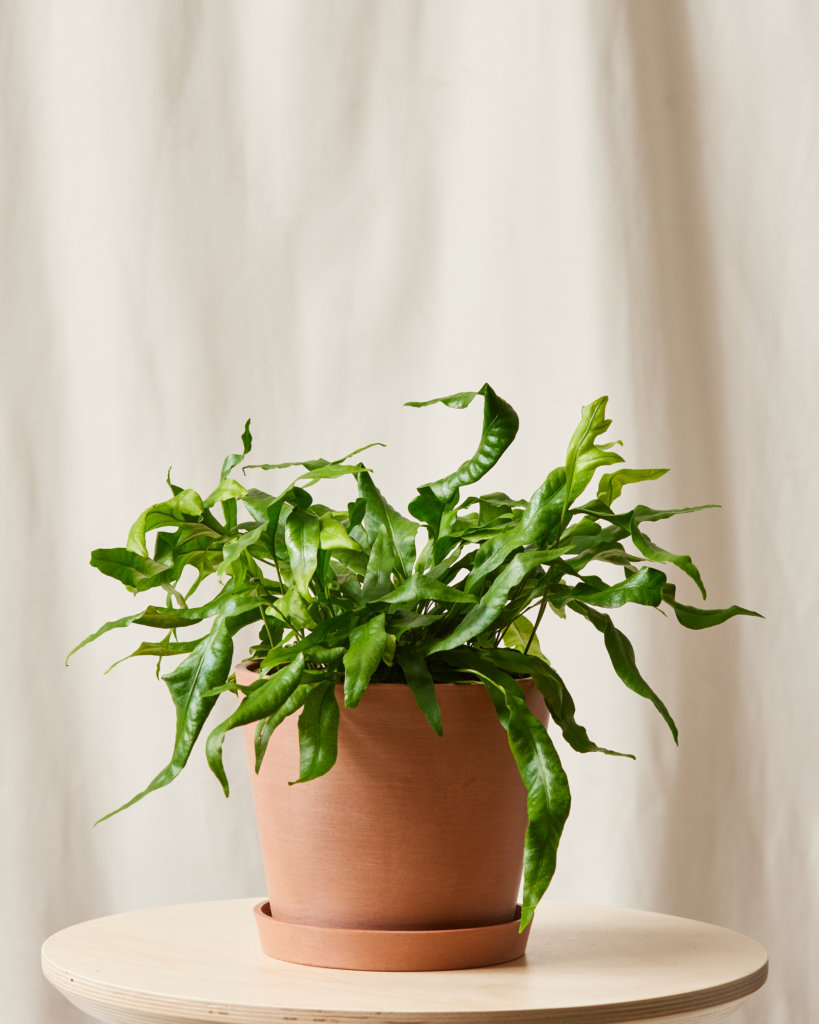
Kangaroo Fern
Featuring broad, shiny foliage resembling a kangaroo’s paw, the Kangaroo Fern is a type of footed fern that spreads over the ground by rhizome in its native habitat. The rhizomes are slightly hairy and will eventually grow around the outside of the pot, giving this fern an added element of interest. Native to Australia, this plant doesn’t skip a beat when faced with extra heat or a missed watering, so it’s the perfect starter plant for fern newbies. Plus, it’s pet-friendly!
Where to feature it: Try hanging your Kangaroo Fern in a bright kitchen window where it can benefit from the added humidity of a kitchen environment.
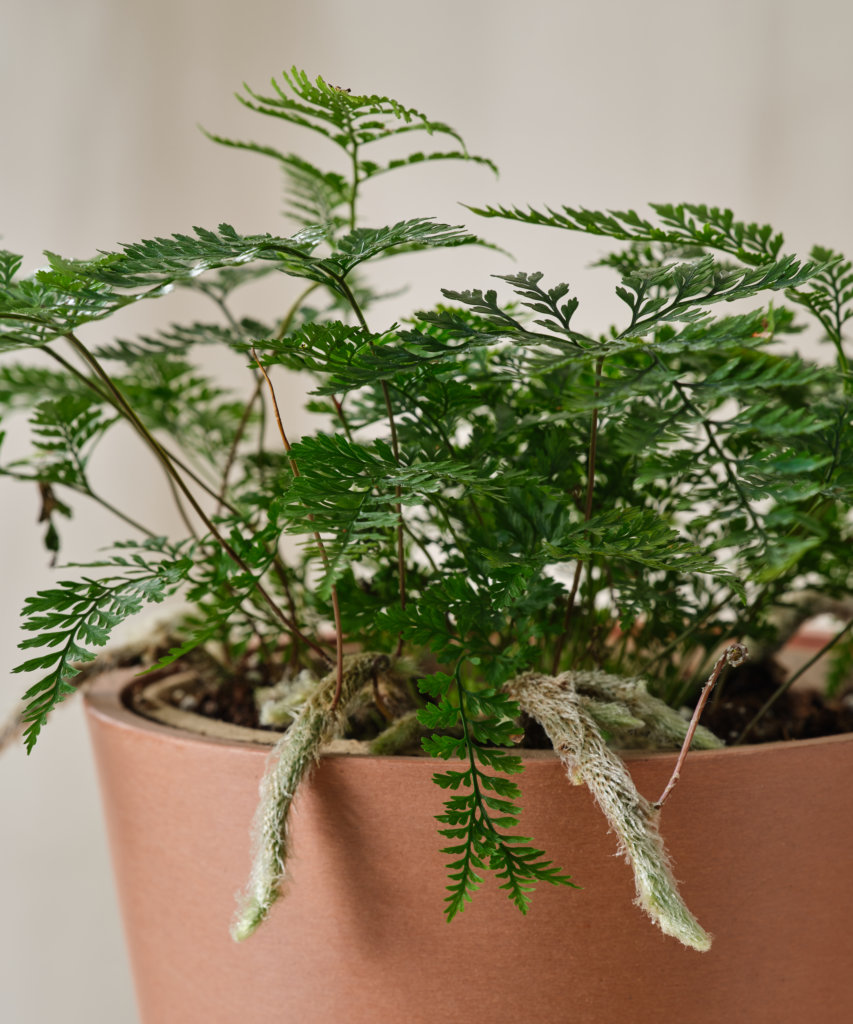
Rabbit Foot Fern
Another type of footed fern, the Rabbit Foot Fern features delicate lacy fronds and rhizomes covered in a shaggy, white fuzz. The rabbit foot-like rhizomes often wrap around the pot as the plant matures, giving the plant some extra interest when viewed from the side or below. It’s native to Fiji, pet-safe, and overall one of the most adaptable and interesting ferns in our arsenal.
Where to feature it: If you’re looking for the perfect conversation piece for your dining or living room, the Rabbit Foot Fern won’t let you down.
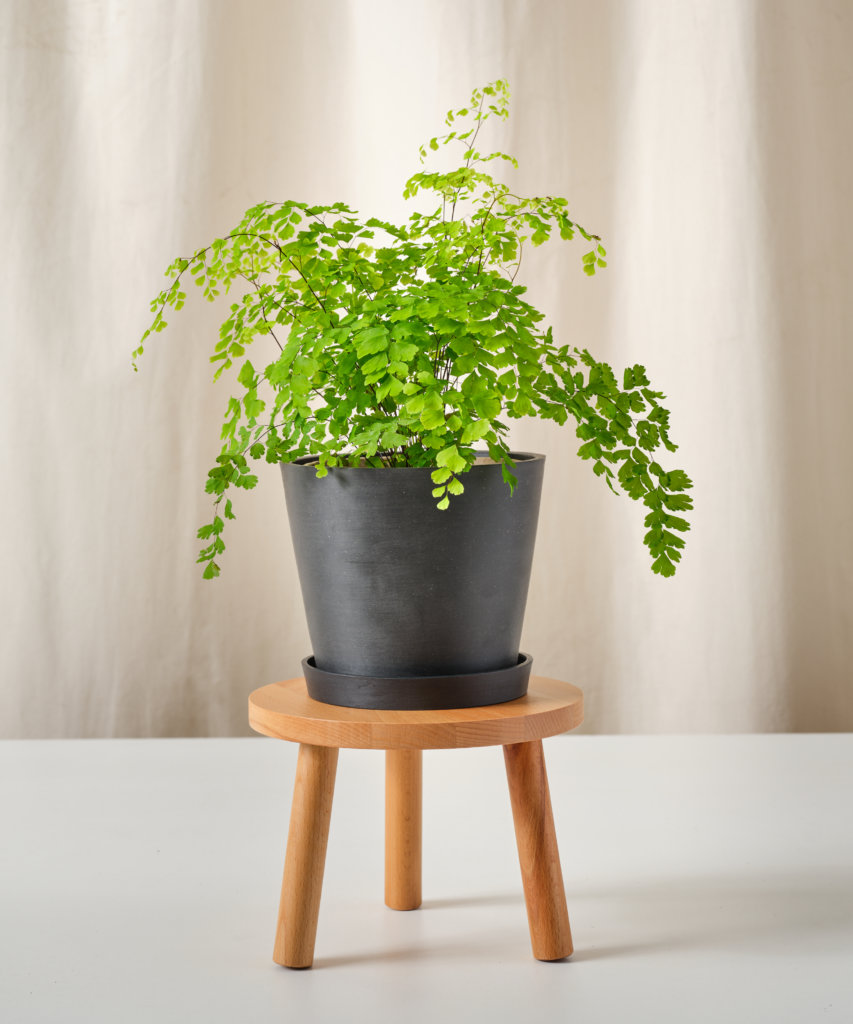
Maidenhair Fern
Thriving on lots of care and attention, perhaps the most rewarding fern choice is the Maidenhair Fern, best known for its delicate, feathery foliage. These plants naturally ramble along the moist, shaded forest floor in their native environment. A graceful choice, the thin foliage is susceptible to drying out quickly, so be sure to keep this one out of the sun and away from drafts. It thrives in any level of indirect light and loves humidity, so mist often!
Where to feature it: If there was ever a fern made for a bright bathroom, the Maidenhair Fern is it! It will soak up the humidity and explode into a soft cloud of feathery foliage.
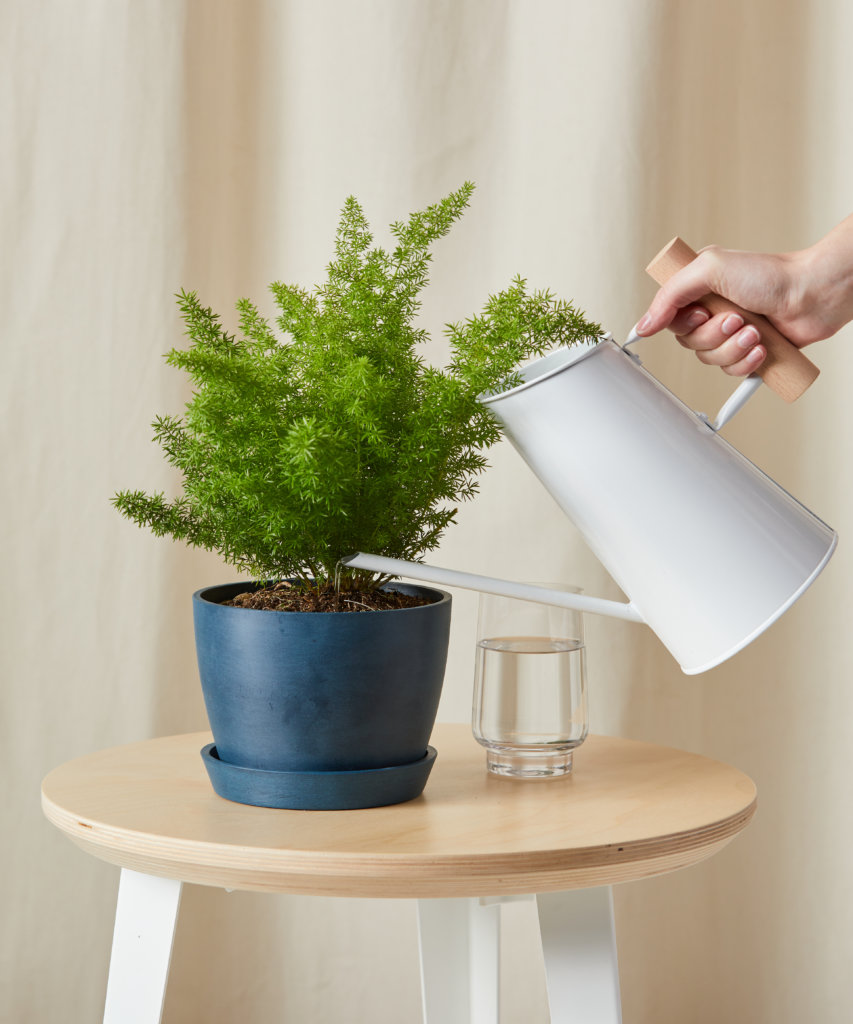
Foxtail Fern
Okay, so the Foxtail Fern isn’t a true fern, but we’ve included it in this category because of its thin stems and feathery foliage, which closely resemble true ferns. It’s actually a member of the asparagus plant family and doesn’t need to be watered quite as frequently as its fern friends. We love its distinctive upright, bushy stems that resemble the fluffy tail of a fox. It’s commonly used as an outdoor plant in shady spots and is native to the rocky coast of South Africa, making it a tough plant tolerant of less-than-ideal conditions.
Where to feature it: With its less demanding care needs and lower light tolerance, we think the Foxtail Fern is perfect to brighten up your bedroom.

